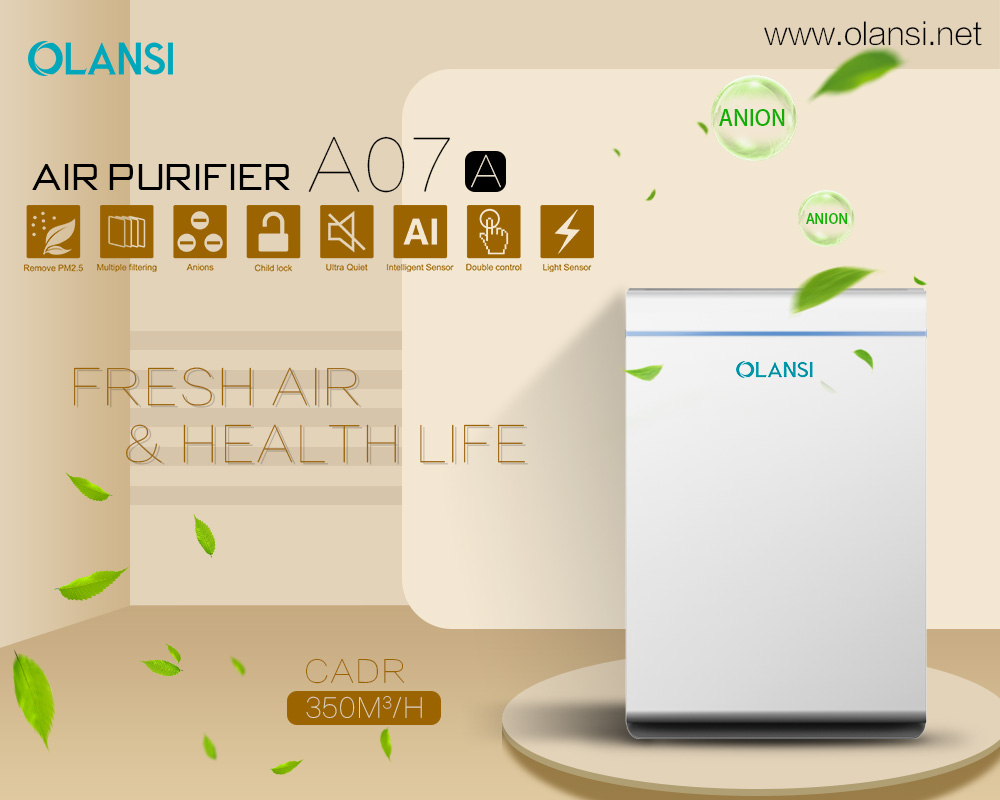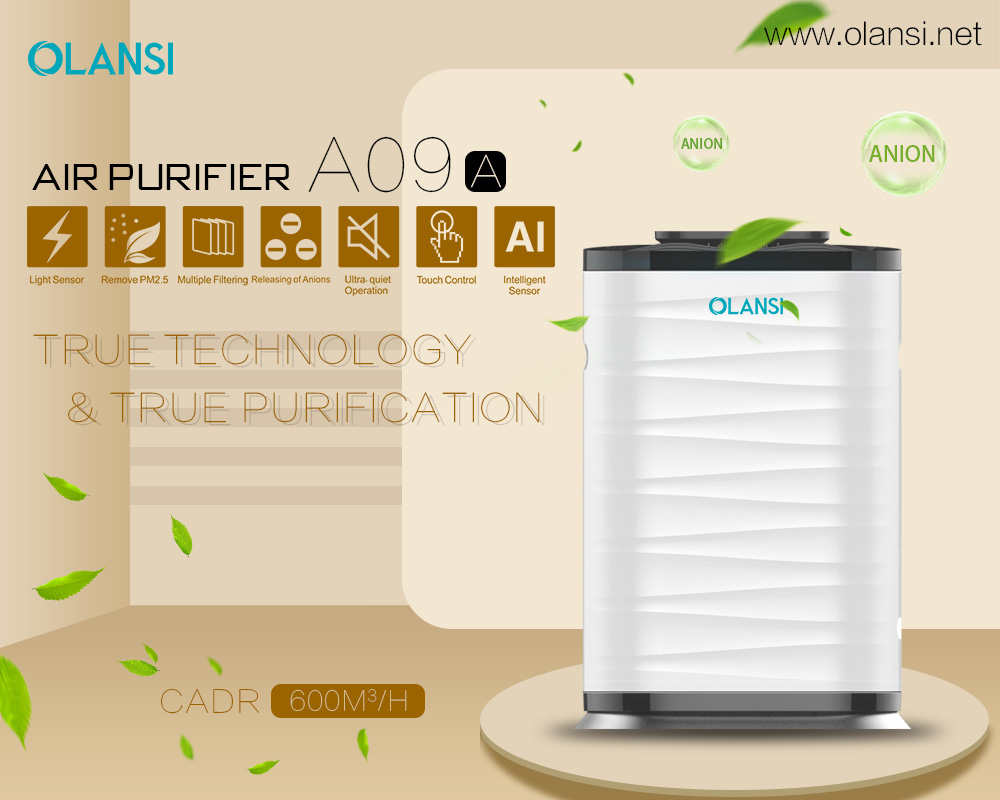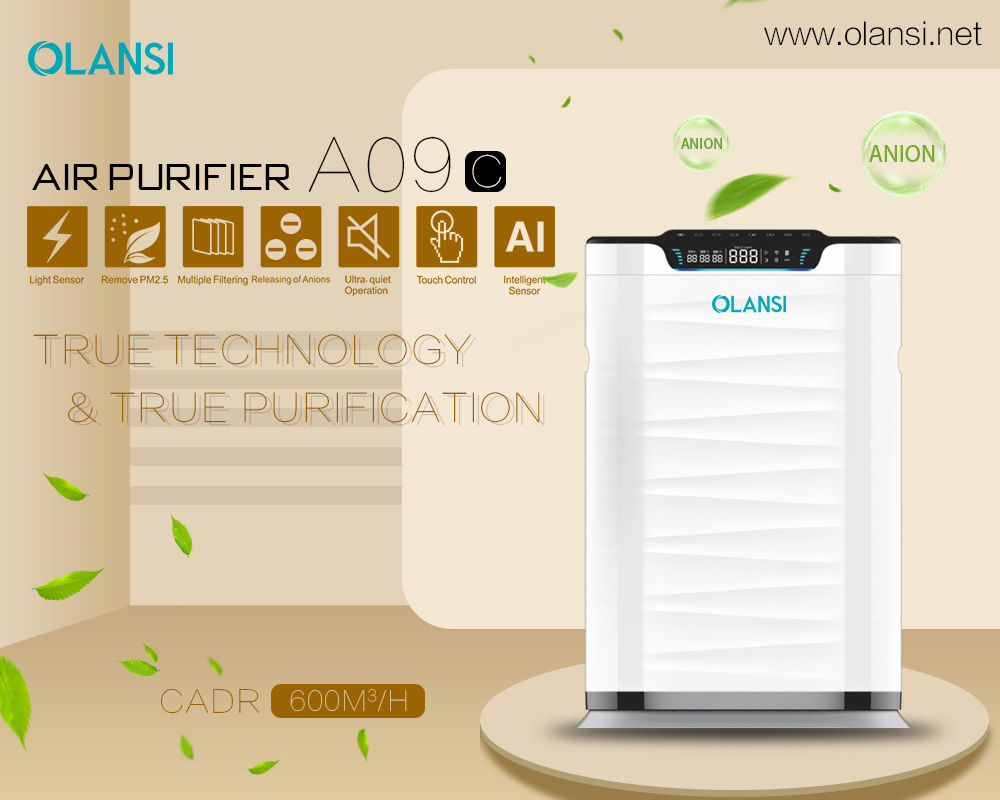home air purifier told you how to Find the Best Air Purifier
With over 300 home air purifier models to select from, choosing the best one for your needs can be overwhelming and time consuming.
Complicating things:
- Most people have a specific air quality need and units designed as general purpose do not effectively care for specific concerns.
- Manufacturers use different jargon for the same feature in an effort to make their unit stand out.
At Air Purifiers America, we give you just the right amount of information to help you make an informed decision without burdening you with jargon. In fact, we’ve categorized units by specific need to help you quickly understand which units will work for what you care most about. If you have a question as you shop, our product specialists are always available (by phone or chat) to help you choose the best air purifier for you.
Our Simple Checklist for choosing the best air purifier:
- Know your primary concern (e.g., allergies, dust, chemicals, odor, smoke?)
- Know your room size (bedrooms/offices, living rooms/master bedroom, open concept areas)
- Know your style and preference (color, texture, shape, size)
- Know your budget (less than $250, $250 – $500, over $750)
- Know what warranty length you seek (1 year, 10 year, or Lifetime?)
Your Primary Concerns:
Air purifiers are designed to solve specific problems and depending on your needs, some units are better suited for a specific need than others. Choose your air purifier by determining:
What Specific Concern Do You Seek to Manage?
 |  |  |  |  |  |  |  |
| Allergies | Mold | Dust | Smoke | Pets | Chemicals | Germs | Asthma |
What Size is Your Room?
Smaller rooms require smaller air purifiers whereas larger open-concept areas require larger units. Larger air purifiers have larger motors and fans to clean large volumes of air. When most air purifier brands speak to coverage area they refer to how much air an air purifier can effectively clean in a specific-sized area. Each of these general room sizes requires a different air purifier to effectively clean your air:
What Are Your Style Preferences?
If you have specific preferences concerning the color, shape, look and feel of your air purifier and how it matches your decor, Air Purifiers America offers three styles of air purifiers (tower, box, and drum units) as well as air purifiers that come in different colors and textures to fit even the most discriminating of tastes.



